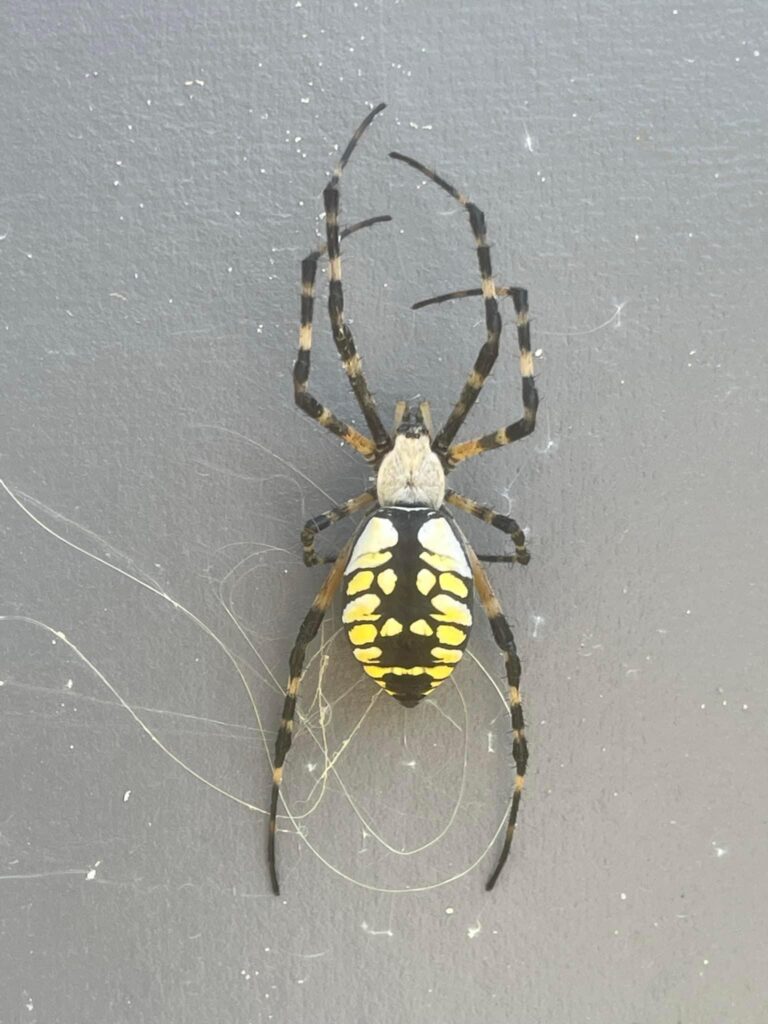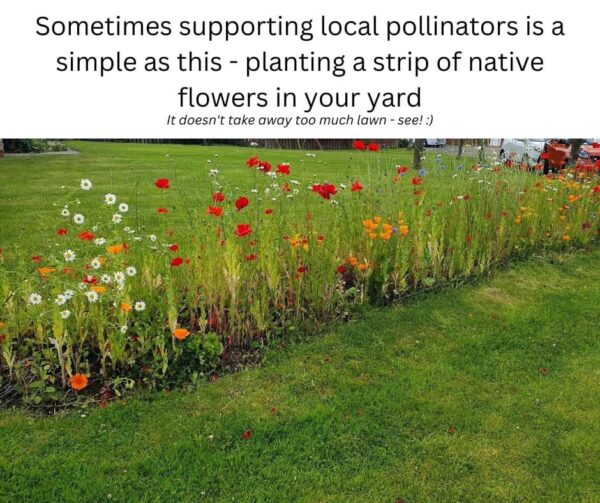For many, the sight of a large spider in their garden might initially be a cause for alarm. However, if it’s black and yellow and intricately designed, you’re likely looking at the Common Garden Spider, a harmless yet fascinating resident of many American backyards. Let’s delve into understanding this eight-legged neighbor a bit better.

A Striking Appearance
The Common Garden Spider, scientifically known as Argiope aurantia, is often referred to by various names such as the Yellow Garden Spider, Black and Yellow Garden Spider, or the Writing Spider. One of its most distinctive features is its striking coloration. The spider’s abdomen is primarily yellow with patches of black, making it easily identifiable. This vivid coloring isn’t just for show; it’s believed to warn predators of its unpalatability.
Web of Wonders
These spiders are known for their impressive orb-shaped webs, which can span several feet. If you look closely, you might observe a dense zigzag pattern in the middle, known as the ‘stabilimentum.’ While the exact purpose of this design remains a subject of debate among scientists, some theories suggest it provides structural stability, while others believe it attracts prey or deters birds from flying through the web.
Diet and Predation
Common Garden Spiders play a crucial role in controlling pest populations. They primarily feed on insects like flies, moths, and sometimes even larger creatures like butterflies and grasshoppers. When a prey gets entangled in the web, the spider quickly immobilizes it by wrapping it in silk.
Reproduction and Lifecycle
Around late summer or early fall, the female spider lays eggs in a sac made of silk. This sac can contain hundreds to thousands of eggs. The female typically guards her egg sac until she dies with the first frost. Come spring, the eggs hatch, and tiny spiderlings emerge, ready to begin their life cycle.
Harmless to Humans
Despite their imposing appearance, Common Garden Spiders are non-aggressive and pose no threat to humans. If they feel threatened, their primary defense mechanism is to retreat or play dead. Their bite, although rare, is similar to a bee sting in terms of pain and has no lasting effects on a person.
The Common Garden Spider is a marvel of nature, showcasing the intricate balance and beauty of our ecosystems. Instead of viewing them as pests or threats, we should appreciate their role in managing garden pests and their contribution to the intricate web of life. So, the next time you come across this black and yellow wonder in your garden, take a moment to admire its beauty and remember – they’re on our side!
As an Amazon Associate we earn from qualifying purchases through some links in our articles.




